“Every time I step into Xinjiang, I always feel right at home.” Recently, at the “Hello, Silk Road” International Online Communication Conference jointly organized by the Information Office of the People’s Government of Xinjiang Uygur Autonomous Region, the People’s Government of Karamay City, and Global Network, Mozambican student Ou Jingya (欧静雅) from Zhejiang Normal University shared her personal experiences.
Eleven international students studying at Zhejiang Normal University, including Ou Jingya, participated in this event. They came from countries such as Mozambique, Ethiopia, Russia, Cameroon, and more. During their 5-day trip, they immersed themselves in Karamay, exploring, observing, and capturing the achievements of Xinjiang in culture, technology, and society.
“I plan to stay in China and learn more about Chinese culture.”
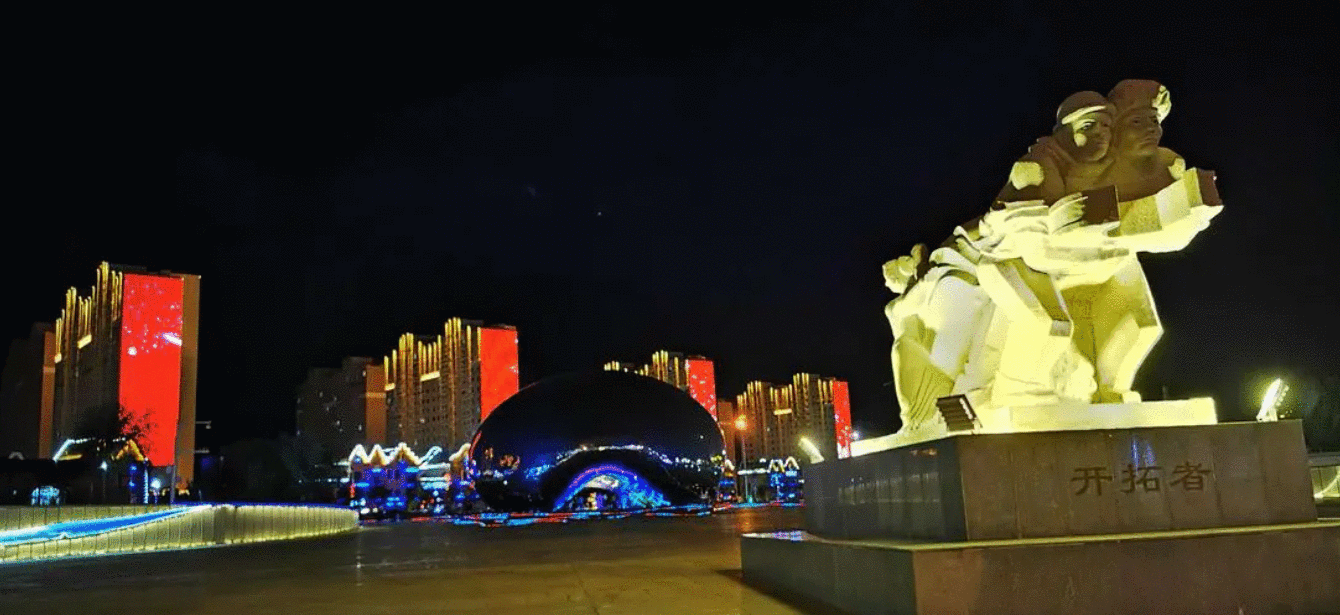
Karamay is a city that prospered due to its oil industry. The Oil Memorial Square is now a bustling tourist attraction, and the international students took photos with the large oil bubble sculptures. Guided by on-site interpreters, they delved into the stories behind the relief wall photos on the square. Lawrence (劳伦斯), a student from Liberia, expressed his admiration for the people of Karamay, saying, “The people of Karamay are truly admirable, creating miracles in oil extraction.”
The experience at the Baijiantan District Art Museum was unique. It houses over 300 works of the third batch of intangible cultural heritage, “Karamay Comprehensive Edition Printmaking New Techniques,” and features exhibitions and interactive areas for paper cutting, traditional Chinese painting, calligraphy, and clay sculpture. Under the guidance of experts, Georgian student Li Ya (李雅) successfully created an ink-style painting of grapes, earning applause from everyone. Li Ya excitedly said, “I love Chinese culture very much, and I plan to stay in China to learn more about it.”
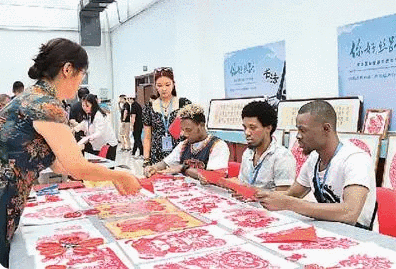
They witnessed traditional cultural preservation and tourism industry development in Xinjiang through immersive experiences like watching Dawa Zi performances in the Dushanzi Grand Canyon and learning the techniques of making purple clay teapots at the Purple Clay Museum.
“I think the elderly people living in the Haitang Manor are very fortunate.”
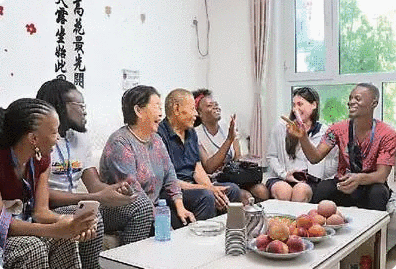
As a “National Characteristic Town,” the Wuerhe Town of Wuerhe District in Karamay City initiated the “Western Wuzhen” project, where local villagers jointly advocated for the development of unique homestays.
Climbing the observation tower of “Western Wuzhen,” a residential area in the distance caught their attention. With its distinctive features of black tiles, horse-head walls, and courtyard houses, it’s a typical Hui-style architectural style. This is the Haitang Manor, where people aged 60 and above can live for free, combining cluster-style elderly care with a characteristic town.
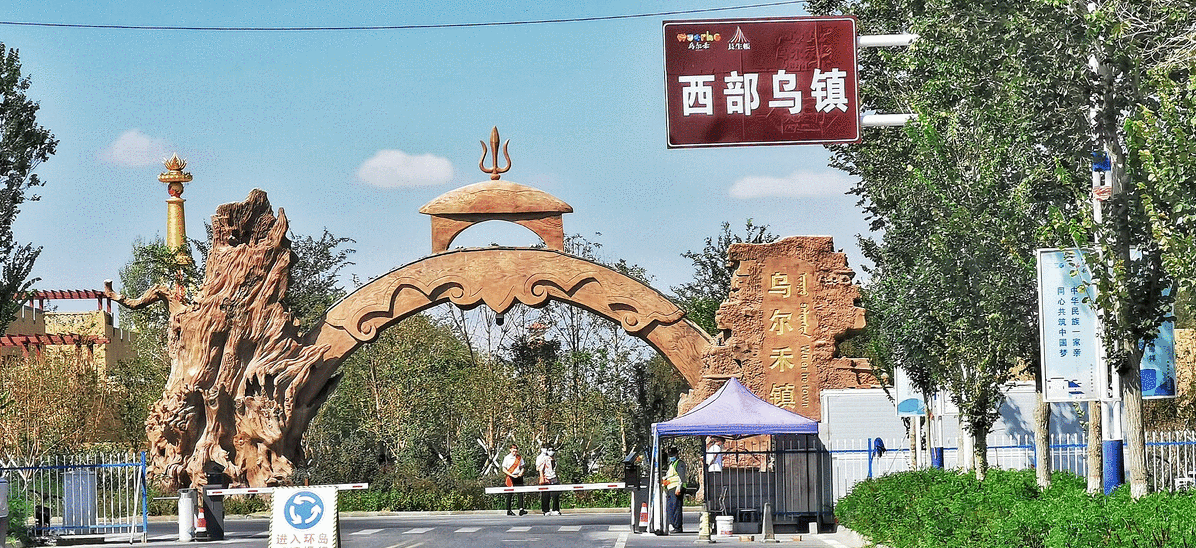
Mexican student An Ran (安然) entered the courtyard of Guo Shencai, where fruits filled the air, and grapes, green peppers, and eggplants hung from the branches, vibrant and lively. Guo Shencai warmly invited the guests into her home and talked about her joyful retired life. “Could you teach us how to make dumplings together?” Upon hearing that Aunt Guo was preparing dumplings for lunch, the international students couldn’t wait to try their hand at making dumplings alongside her.
After experiencing a sumptuous “Baijia Banquet” with local villagers, An Ran was deeply touched, saying, “The government takes good care of the elderly, and I think the elderly people living in Haitang Manor are very fortunate, which is admirable.”
“I didn’t expect such rapid technological development here!” Zimbabwean student Gao Dun (高登), currently studying software engineering at Zhejiang Normal University, was deeply impressed when he visited the Karamay Cloud Computing Industrial Park.
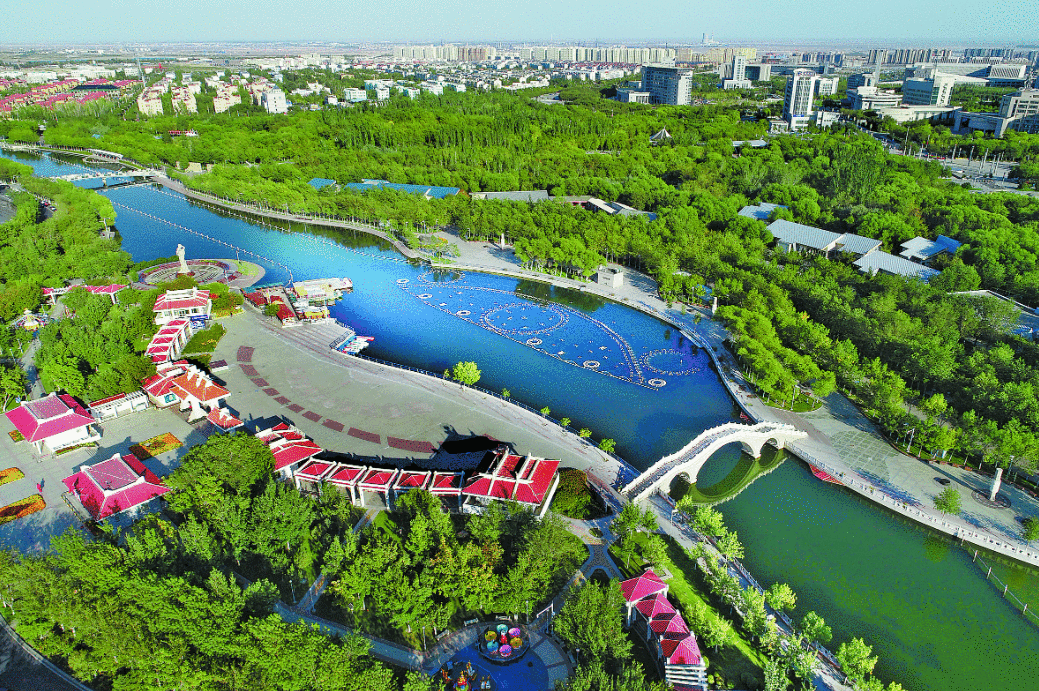
Striving to be cultural ambassadors and tell stories of common people
Civilization becomes colorful through exchanges, and it becomes enriched through mutual learning.
“As a young international student who has been to Xinjiang in person, I hope to use social media platforms to share what I have seen and heard in Xinjiang, to share the real Xinjiang with more people, and to be a bridge connecting China and the world,” Ou Jingya shared at the conference. This is her second visit to Xinjiang, and through her travels, she has deepened her understanding of Xinjiang’s culture, history, and economic development, bearing witness to the achievements of Xinjiang in various aspects. In the future, Ou Jingya hopes to improve her online communication skills and work as a cultural ambassador, telling stories of common understanding.

Vietnamese student Chen Shiqiushui (陈氏秋水) is an internet sensation with nearly 200,000 followers on her social media platform, widely popular among young students in Vietnam. While visiting the night view of Karamay City, she started a live broadcast on the spot and attracted nearly ten thousand viewers within an hour. “Xinjiang not only has delicious food and beautiful scenery but also has a rich history and culture; it’s absolutely fascinating,” Chen Shiqiushui said.
Along the way, she captured a wealth of video materials, which she shared on her social media platform, helping more Vietnamese people understand Xinjiang and China.








